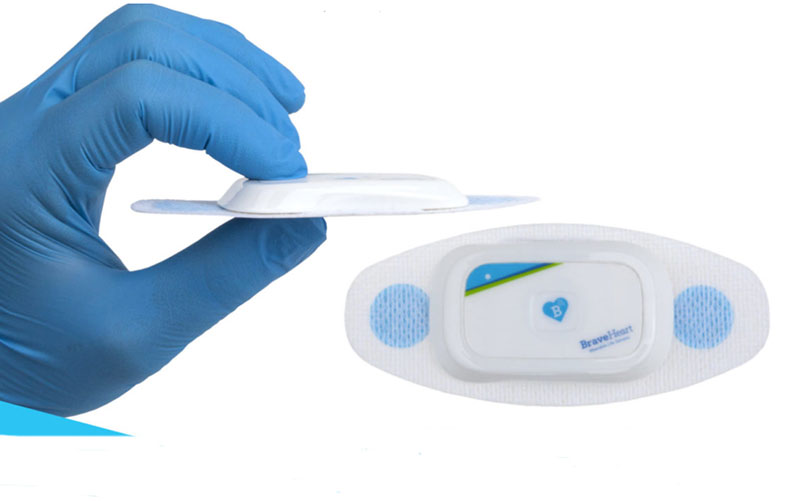
The growing adoption of wearable technology across the healthcare sector will drive the global wearable cardiac devices market share, according to a new report by Global Market Insights Inc. In the report, the wearable cardiac devices market was valued at more than $1.2bn in 2019 and is likely to expand at a healthy CAGR of 24.2%, reaching $6.4bn by 2026.
“Recent wearable devices in the form of skin patches are small, light-weight, and non-invasive. The patient does not need to go through painful implantation procedures for continuous recording of cardiac parameters. As a result of non-invasive and user-friendly nature of such wearable technology, the devices are gaining high recognition as well as demand in the recent years and will continue to spur in the future,” reports GlobeNewsWire.
The defibrillators market is projected to proceed at more than 22% CAGR during the forecast years. According to the World Health Organization, about four of the five cardiovascular deaths are due to strokes or heart attacks. Devices including Zoll LifeVest Wearable Defibrillator continuously monitor the heart rhythm of the patient prone to heart attack and delivers a shock in case the patient does not respond after several warnings. Such devices assist patients at high risk of heart attack with timely measures even in absence of a cardiologist, thus providing am immense potential for segment growth.

Home healthcare segment held over 25% revenue share in 2019. High convenience, easy handling, and effective monitoring at home are some of the foremost advantages driving the adoption of wearable cardiac devices in-home healthcare. Furthermore, increasing disposable income and lesser visits to healthcare settings further add up to the benefits, thereby surging customer preference for these devices.
Read more Hearing Aids Market to Grow Up to $14.45 Billion by 2026, According to Fortune Business Insights
North America’s wearable cardiac devices market constituted more than 60% market share in 2019 and expected to grow at a momentous rate in the future. The launch of innovative devices driven by a growing number of new entrants and the changing digital health industry in the U.S. will primarily boost market growth. Moreover, significant awareness levels pertaining to wearable technology will further influence the business expansion in the region.











